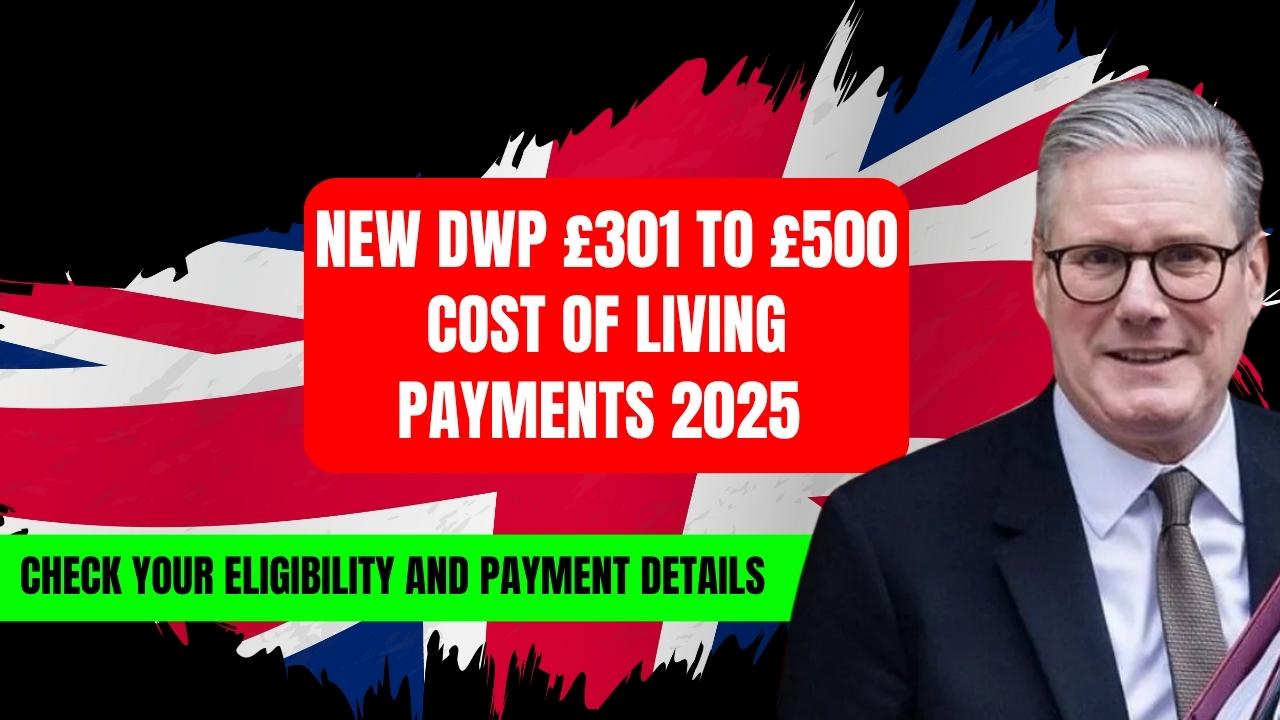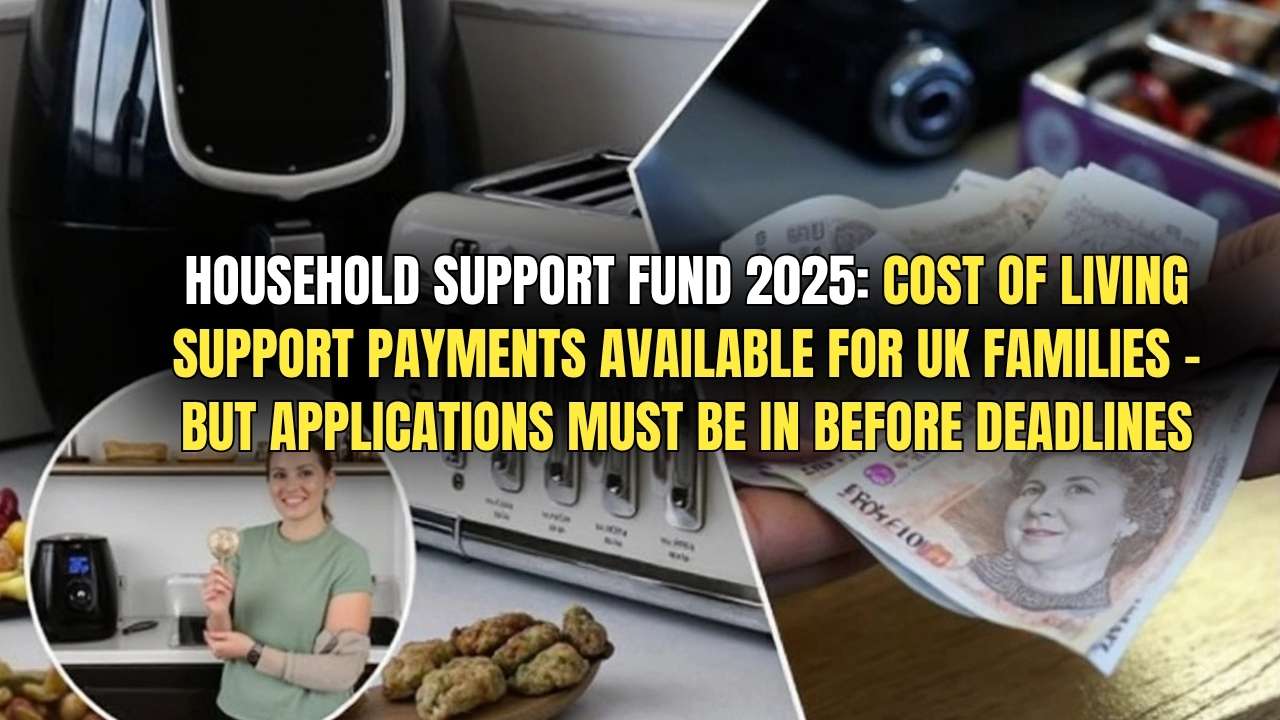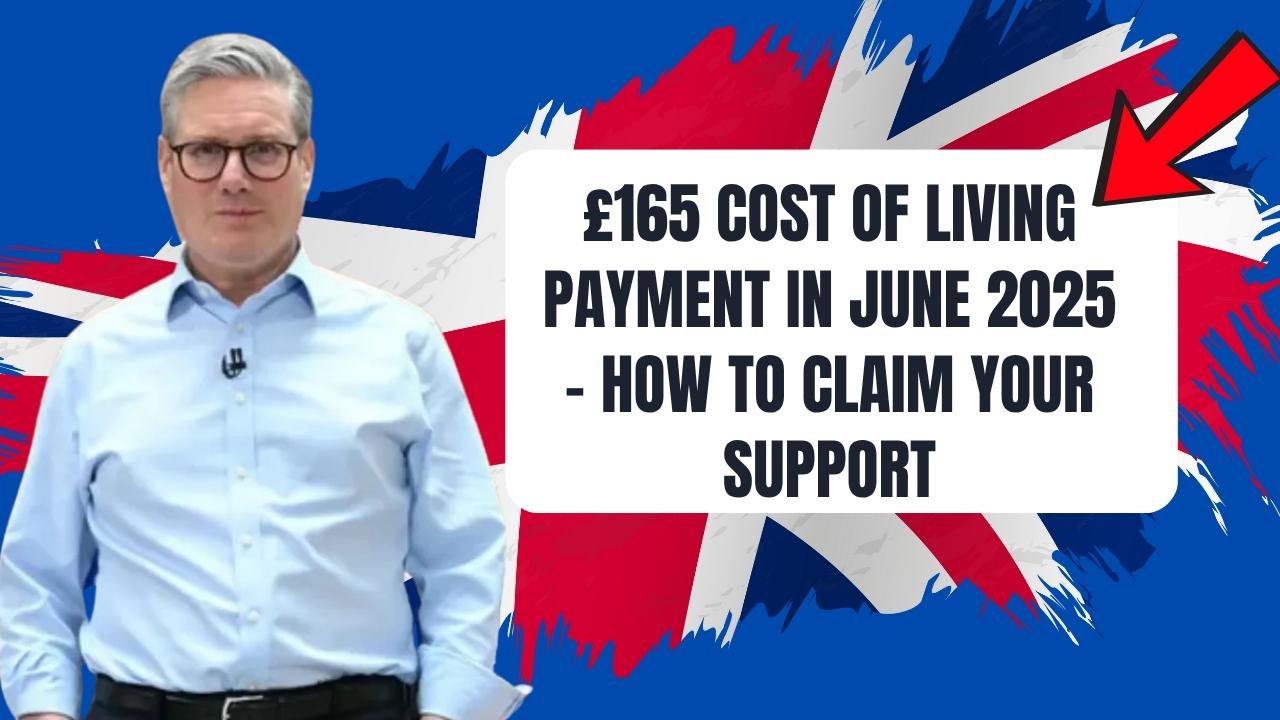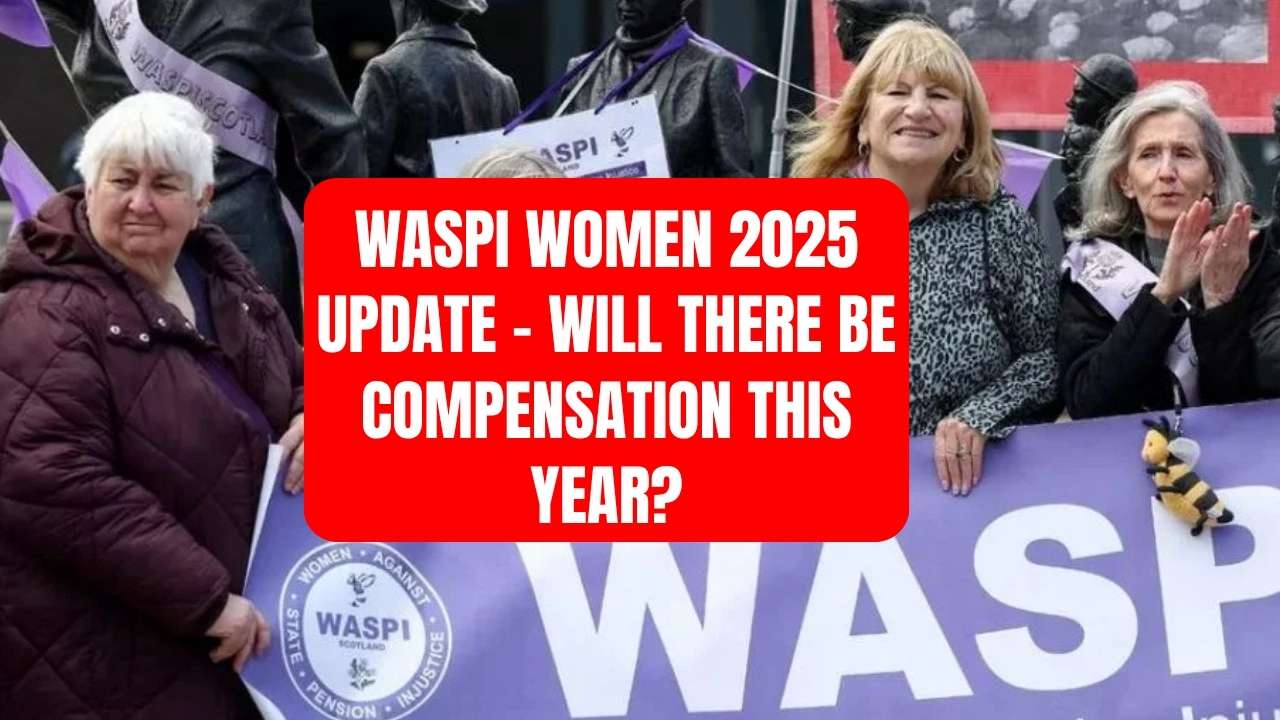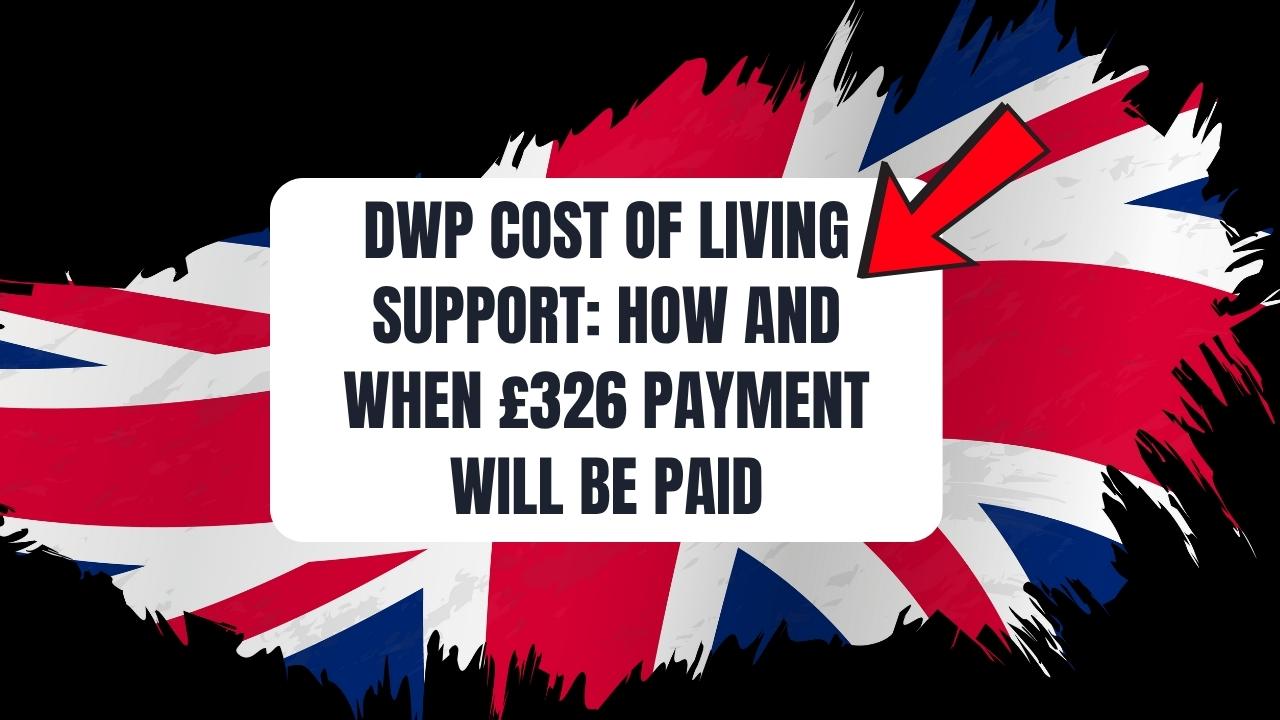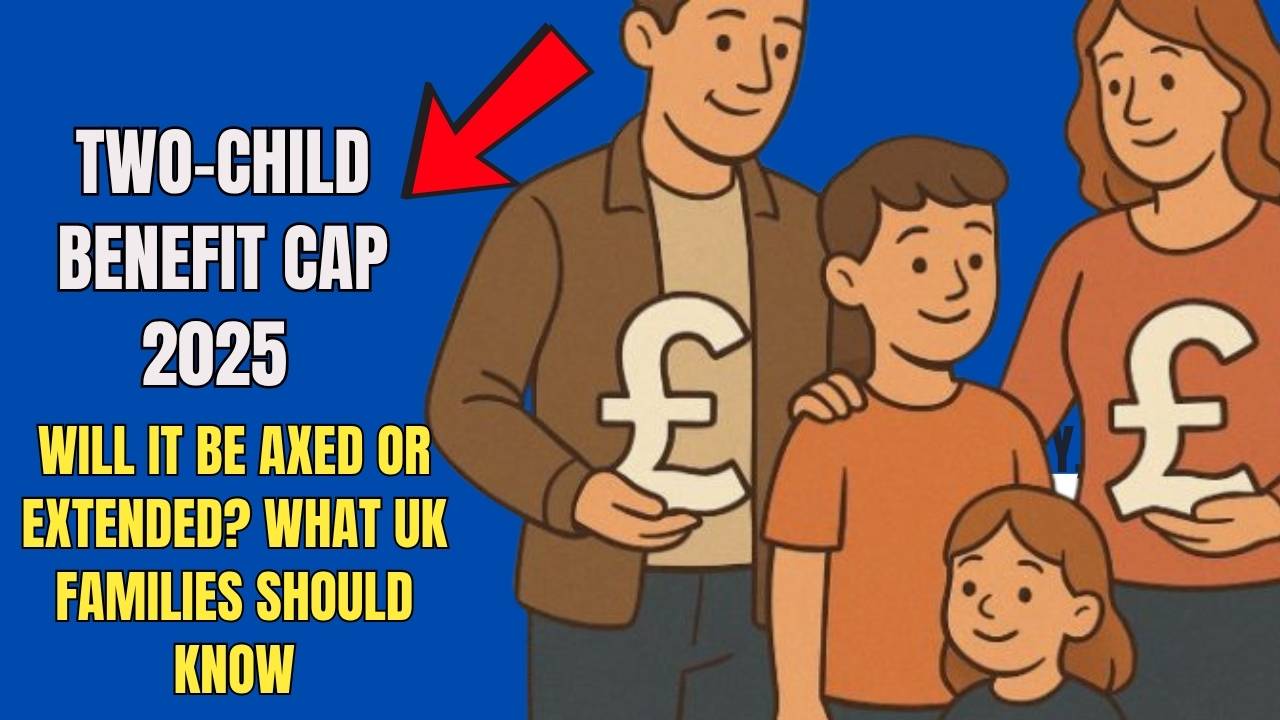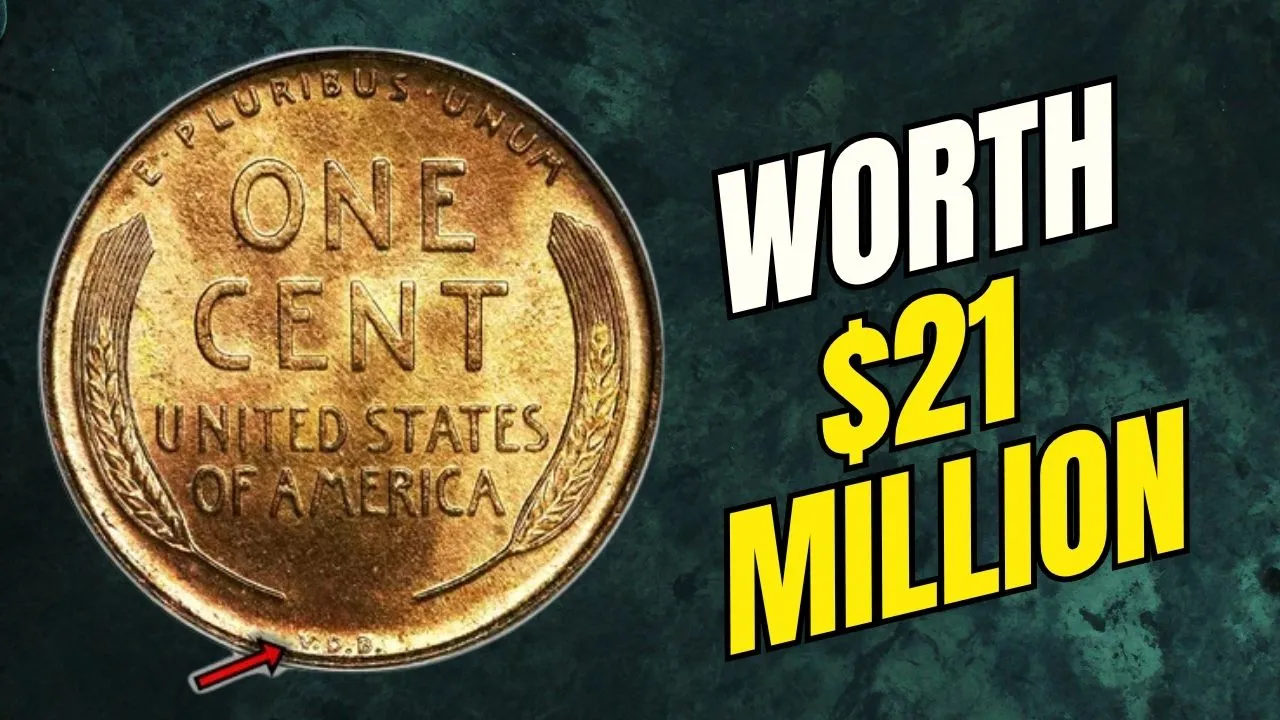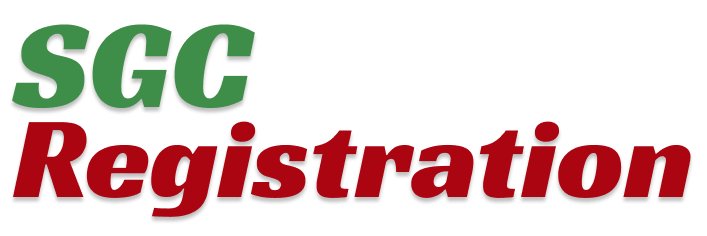As the cost of living remains a major challenge for millions of people in the UK, the government is rolling out another wave of support. The Department for Work and Pensions (DWP) has introduced a new set of Cost of Living Payments for 2025, aiming to ease the financial pressure caused by rising prices. These payments range between £301 and £500, designed to cover essentials like heating, groceries, and rent.
The £301 to £500 Cost of Living Payments are structured in three phases throughout the year, giving families targeted support at critical times. If you qualify for benefits like Universal Credit, Pension Credit, or Income Support, you may receive these payments automatically. This article outlines who is eligible, how much you might receive, when the payments are coming, and how to make sure you don’t miss out.
£301 to £500 Cost of Living Payments – What You Need to Know
The £301 to £500 Cost of Living Payments are part of the UK government’s broader response to inflation and energy price hikes. The payments will be issued in three separate phases in 2025. The exact amount you receive depends on your circumstances, benefit type, and whether you belong to a vulnerable group such as disabled individuals or carers. There’s no need to apply—payments are made automatically based on your benefit status.
To ensure that households get the help they need, the DWP has simplified the process. But it’s still important to keep your personal details up to date with them. Below is a detailed breakdown of the payment schedule and eligibility requirements.
Overview Table: £301 to £500 Cost of Living Payments 2025
| Payment Phase | Period | Payment Amount | Purpose |
| Phase 1 | March – May 2025 | £301 | Post-winter support for heating and basics |
| Phase 2 | July – August 2025 | Up to £200 | Mid-year top-up for seasonal cost increases |
| Phase 3 | October – December | Final total up to £500 | Extra relief for rising fall and winter costs |
Phases
The cost of living payments for 2025 are structured to reflect how expenses fluctuate throughout the year. Here’s what each phase includes:
- Phase 1 (March – May 2025): This first payment of £301 is designed to help families recover from the high winter bills. Many use it for heating, essential groceries, or outstanding bills.
- Phase 2 (July – August 2025): This summer phase offers up to £200 extra, depending on your circumstances. It acts as a mid-year top-up to help with increasing rent, school-related expenses, or childcare.
- Phase 3 (October – December 2025): The final round of payments ensures households are supported as energy bills rise again. Altogether, recipients may receive up to £500 in total for the year.
This phased approach is more effective than a one-time payment, as it aligns with the actual needs of households over the year.
Eligibility
You’ll qualify for the £301 to £500 Cost of Living Payments if you received one or more of the following benefits during specific eligibility periods:
- Universal Credit
- Income Support
- Pension Credit
- Income-based Jobseeker’s Allowance (JSA)
- Income-related Employment and Support Allowance (ESA)
- Housing Benefit
- Working Tax Credit or Child Tax Credit (under certain conditions)
If you were receiving any of these benefits during the set assessment dates, you will automatically receive the payments. There is no need to apply, and you don’t have to fill out any forms.
Special Groups
Certain vulnerable groups may receive additional support due to higher needs or expenses. These include:
- Disabled individuals receiving Personal Independence Payment (PIP), Disability Living Allowance (DLA), or Attendance Allowance
- Carers providing support for people with long-term health conditions
- Households using energy-dependent medical equipment, where electricity use is higher due to healthcare needs
These groups may qualify for higher payments or earlier support to help cover extra costs like medical care or equipment power usage.
Process
All payments are made directly into your existing bank account—the one linked to your benefit claim. There’s nothing extra you need to do unless your personal details have changed recently.
If you’ve moved house, changed your bank account, or updated your contact information, it’s important to inform the DWP as soon as possible. Outdated information could delay your payment or cause it to be sent to the wrong account.
If a payment doesn’t arrive by the expected date, you should:
- Check your bank account and recent benefit updates
- Wait a few days (payments may be staggered)
- Contact the DWP helpline if the issue remains
Being proactive helps prevent unnecessary stress or missed payments.
Budgeting
With 25% of UK households struggling to cover essentials last year, these payments offer important short-term relief. While not a permanent solution, they are designed to help people avoid falling deeper into financial hardship.
- Pensioners can use the money for heating, prescriptions, or transport
- Families on Universal Credit might apply it to food, childcare, or rent
- Disabled individuals often use it for medical support or energy bills
By covering immediate needs, these payments help households avoid debt, arrears, or the need to turn to food banks.
Tips
To make sure you receive your £301 to £500 Cost of Living Payments smoothly:
- Double-check that your benefit claims are up to date
- Update your bank details or address with the DWP if they’ve changed
- Keep an eye on DWP announcements for exact payment dates
- Reach out immediately if you think your payment is missing or delayed
Following these steps ensures that nothing blocks your access to the financial help you’re entitled to.
Other Support
In addition to these payments, there are other programs available in 2025 that help low-income households manage energy and food costs:
| Scheme | Description | Typical Benefit |
| Warm Home Discount Scheme | Discount off energy bills during winter | Up to £150 |
| Household Support Fund | Local council grants for emergencies | Varies by council, food & bills |
These schemes, when combined with Cost of Living Payments, create a wider safety net for struggling families across the country.
FAQs
When will I get my 2025 payment?
Payments are divided across the year—Phase 1 is March to May, Phase 2 is July to August, and Phase 3 is October to December.
Do I need to apply for the payment?
No. If you meet the eligibility criteria and are receiving qualifying benefits, the payment will be automatic.
How much will I get in total?
Depending on your benefit type and circumstances, you can receive up to £500 across all three phases.
What if I changed banks or moved?
Update your contact and banking details with the DWP as soon as possible to avoid delays.
Are there other support programs?
Yes, such as the Warm Home Discount Scheme and Household Support Fund, which offer help with energy bills and essential costs.
Final Thought
The £301 to £500 Cost of Living Payments are a crucial form of support in 2025, especially as living costs continue to rise. With a clear payment structure, automatic eligibility, and additional schemes in place, the government aims to ease financial stress for millions across the UK. Whether you’re a carer, pensioner, or working family, make sure your details are current—and watch for the payment in your account.
